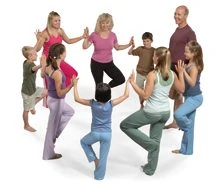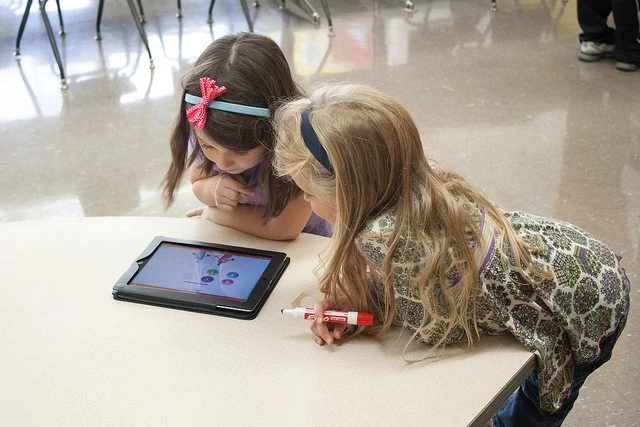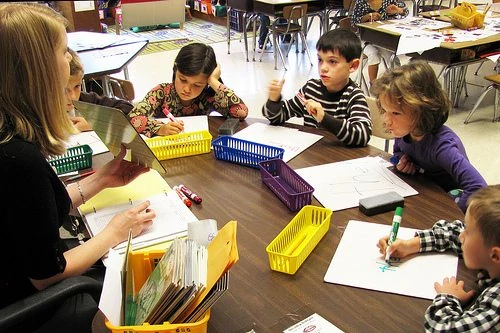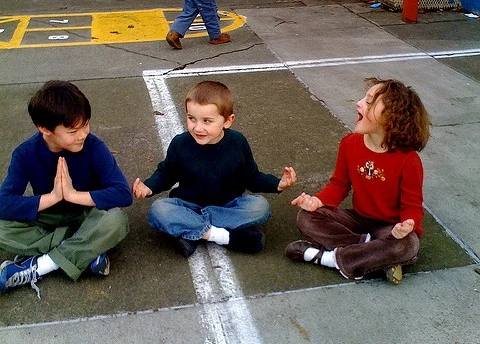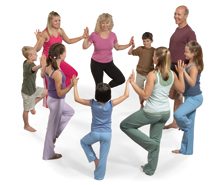
But administrators tend to want more than anecdotes when teachers and staff recommend bringing Yoga Calm into their schools. They need more than observations that emotionally intelligent children do better in school. They want data that demonstrate efficacy — especially of programs that are both cost-effective and support meeting academic mandates.
So we were excited to read a new study in Child Development on “The Impact of Enhancing Students’ Social and Emotional Learning” (PDF). It’s a comprehensive meta-analysis of 213 studies — nearly 90% of which haven’t been reviewed before — that involved over a quarter of a million students in the general populations of schools ranging from elementary through high school.
Its main finding: Students in social-emotional learning programs “demonstrated significantly improved social and emotional skills, attitudes, behavior, and academic performance that reflected an 11-percentile-point gain in achievement.”
In analyzing the data, the authors took six outcome areas into account: social and emotional skills, attitudes toward self and others, positive social behaviors, conduct problems, emotional distress and academic performance. While improvements were seen in at least some areas no matter the type or means of intervention, the greatest improvements were seen among a specific type of program:
- Classroom-based
- Teacher-led
- SAFE (sequenced, active, focused and explicit)
Only interventions meeting those three criteria showed significant improvement in all six areas measured. Moreover, only those programs led by school staff — teachers or otherwise — demonstrated significant improvement in academic achievement.
As it’s practiced in schools around the country, Yoga Calm fulfills all three criteria. And because its activities and processes can be easily implemented in classrooms and adapted to academic curricula, it can be fully integrated into the school day — not something extra tagged onto or shoved in as a standalone program but an integral part of total learning. More, its relaxation activities give students the opportunity to more thoroughly integrate what they’ve learned, while its physical activities and social-emotional components work as complements, enhancing and reinforcing each other.
The heart of the study — and what decision-makers in education need to know — is this:
Current findings document that SEL programs yielded significant positive effects on targeted social-emotional competencies and attitudes about self, others, and school. They also enhanced students’ behavioral adjustment in the form of increased prosocial behaviors and reduced conduct and internalizing problems, and improved academic performance on achievement tests and grades. While gains in these areas were reduced in magnitude during follow-up assessments and only a small percentage of studies collected follow-up information, effects nevertheless remained statistically significant for a minimum of 6 months after the intervention. Collectively, these results build on positive results reported by other research teams that have conducted related reviews examining the promotion of youth development or the prevention of negative behaviors (Catalano et al., 2002; Greenberg et al., 2001; Hahn et al., 2007; Wilson & Lipsey, 2007; Wilson et al., 2001).
***
Educators who are pressured by the No Child Left Behind legislation to improve the academic performance of their students might welcome programs that could boost achievement by 11 percentile points.

